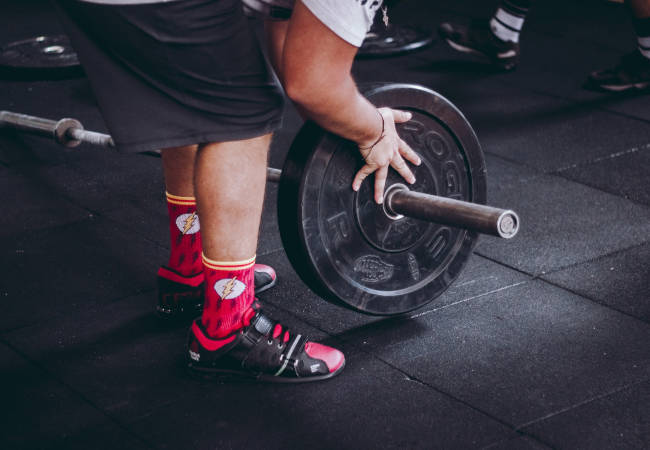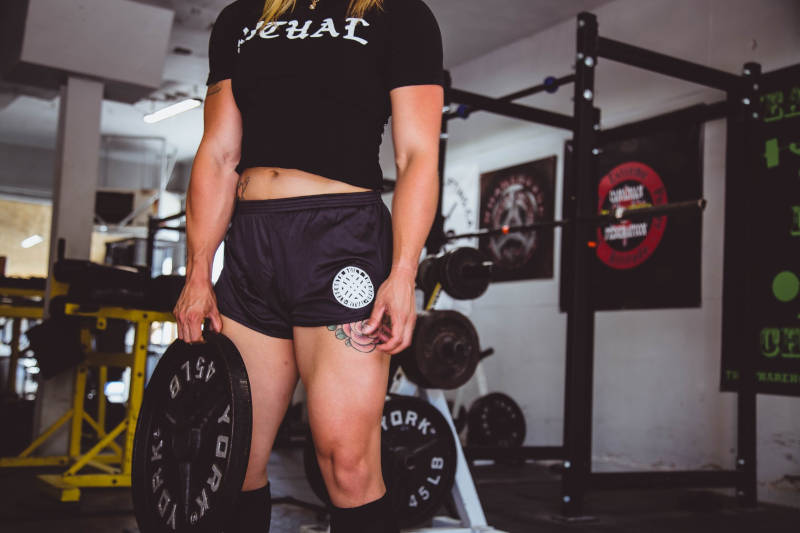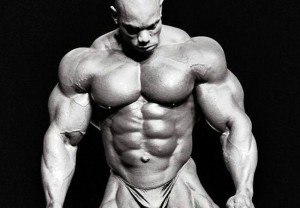There are many benefits that come from lifting weights. It’s great for strength and stability, it can boost your metabolism, and give your heart health a boost. However, if you’re experiencing issues during your workout, weight lifting could indirectly, potentially be the cause.
Whether you’re new to strength training or you’ve been doing it for a while and you’ve started to notice some problems, it’s important to take a step back and consider how weight lifting could be contributing. You might not need to stop lifting altogether. But, understanding common ailments that can be induced by strength training, directly or indirectly, can help you learn how to prevent them or deal with them on a regular basis.
With that in mind, let’s look at some of those ailments and what you can do to get the most out of your fitness regimen without experiencing pain or making any health conditions worse.
Exercise-Induced GERD
Gastroesophageal Reflux Disease (GERD) impacts about 20% of the U.S. adult population. Some of the most common contributing factors to the condition include:
- Overeating
- Eating acidic foods
- Caffeine
- Alcohol
- Smoking
However, GERD symptoms can also be triggered by certain types of exercise. If you’re doing multiple exercises laying down, including bench presses, you could be putting pressure on your abdomen that makes your GERD symptoms worse. Try for modified presses standing up, or think about different exercises with similar ranges of motions you could use for similar results.
Additionally, it’s important to eat right before working out to manage your GERD. If you’ve been exercising regularly, you already know how essential it is to fuel your body the right way. Choosing non acidic foods and eliminating “trigger” foods from your diet, especially before a workout, will make lifting more comfortable, so you’ll be able to push yourself harder. Luckily, if you’re already eating a plant-based diet, this shouldn’t be too hard to do, but perhaps avoid acidic foods like pineapple, apples, and oranges.
Instead, opt for eating low-acidic fruits and veggies that you can easily put in a high-protein smoothie, or eat plant-based proteins like tofu or tempeh that are notoriously lower on the acidity scale.

Varicose Veins
Exercising regularly, maintaining a healthy weight, and avoiding standing or sitting for too long can all help with varicose veins. However, it’s important to remember that these veins are caused by weakened or damaged valves in the legs, which can lead to blood clots if you’re not careful.
While exercising can help you manage the appearance of your varicose veins, it’s essential to stretch properly and make sure you’re getting full breaths with every movement. Not only will doing so help with your current ailment, but it will help to prevent them from becoming worse by providing optimal blood flow.
Delayed Onset Muscle Soreness (DOMS)
It’s not uncommon to experience some muscle soreness a day or two after an intense strength workout. However, there’s a difference between minor aches and soreness and DOMS.
DOMS symptoms tend to occur anywhere from 12-24 hours after a workout, causing pain and discomfort. Sometimes, the symptoms can be so strong that it makes it difficult to go through your daily routine. The most common symptoms include:
- Tender muscles
- Muscle fatigue
- Short-term strength loss
- Swelling
- Reduced range of motion
You can prevent DOMS while lifting weights by staying hydrated, making sure you warm up and cool down properly (including stretching!), and by taking things slowly. Weight lifting doesn’t have to be fast and very heavy to be effective. By being intentional with each motion, you might end up getting an even better workout, and you’ll reduce the risk of hurting yourself or experiencing pain for the next few days.

Incorrect Routines
If you find that your weight-lifting routine is harming rather than helping you, it may be time to re-evaluate a couple of aspects of your routine. For one, you should evaluate your mental approach to weight-lifting. As both a hobby and a physical activity, weight-lifting can be a form of self-care, and should boost your mind, spirit, and body. However, if you find yourself punishing your behavior while weightlifting, you may need to give yourself some grace about your performance.
Improvement happens with time, adaptation, and dedication.
Secondly, if you experience more aches and pains more often for longer periods of time, you may need to reevaluate different aspects behind your routine like:
- Your form. If you’re not holding the right form during your routine, you may be doing more damage to your body. If you’re unsure, it may be best to consult a professional trainer.
- Your sets and reps. If you feel too exhausted all the time, you may be doing too many sets and repetitions of your exercises. Instead, it may be better to increase your weights and decrease your volume of sets and reps.
- Advancing your weights too early. Even if you have a goal to achieve, it’s best not to advance and increase your weights too early or quickly. It’s better to be safe than to develop a preventable injury.
Nutrition deficiencies
If you’re on a plant-based diet while weight lifting, proper nutrition outside of the gym is one of the most important aspects of strength training. However, just because you’re on a plant-based diet, it doesn’t mean you’re destined to consistently underperform. You can easily supplement protein with plant-based protein smoothies, and other high-protein options like legumes, beans, nuts, nut butter, tofu, and quinoa.
If you still find yourself not reaching your protein intake goals, you can always reach out to a professional trainer or a nutritionist who can create a plant-based diet that caters to your body’s needs and your weight lifting goals. Even if you’ve been regularly working out, you’re not going to do yourself any favors if you’re not positioning yourself correctly.

Unfortunately, there are a handful of things that can go wrong when you’re lifting weights. Doing things the wrong way could contribute to an injury or cause existing ailments to become worse.
By taking it slow, doing your research, fueling your body the right way, and practicing your form, you can help to prevent these ailments and get the most out of each weight lifting session.
When you do that, you’ll be able to reach your goals faster without putting your well-being at risk.
Author bio
Katie Brenneman is a passionate writer specializing in lifestyle, mental health, education, and fitness-related content. When she isn’t writing, you can find her with her nose buried in a book or hiking with her dog, Charlie. To connect with Katie, you can follow her on Twitter.



















